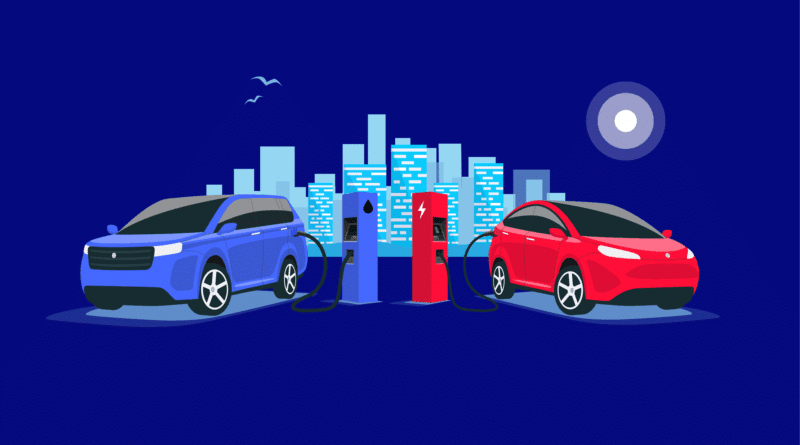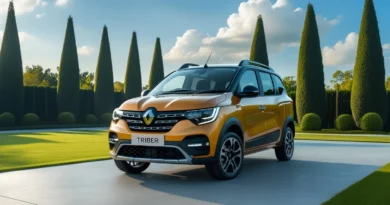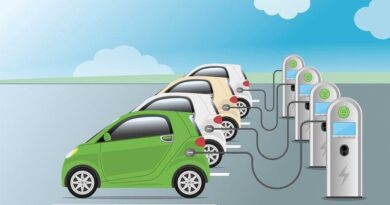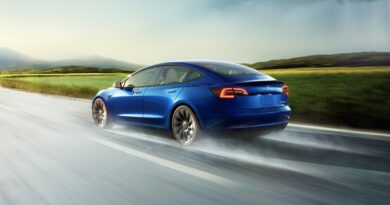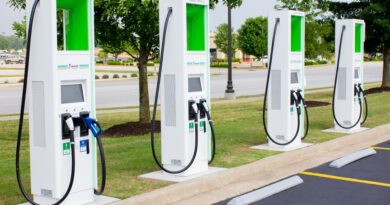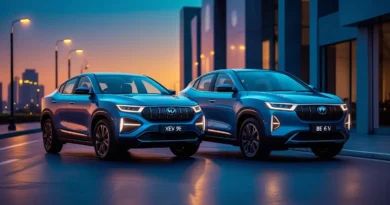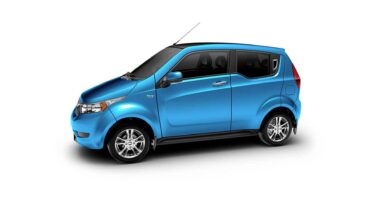Electric Vehicles vs. Internal Combustion Engine Vehicles
What Are Electric Vehicles? Electric vehicles are vehicles that use electricity to power their motors. Electric vehicles have been around for centuries, but they have only become popular in the last few years. How Do Electric Vehicles Work? Electric vehicles have batteries that store electricity, and they use this electricity to power their motors. What Are The Benefits Of Electric Vehicles? The benefits of electric vehicles include the fact that they are much cheaper to operate than gasoline vehicles.
What Are The Drawbacks Of Electric Vehicles? The drawbacks of electric vehicles include the fact that they require a lot of electricity to operate. Electric vehicles also have a limited range, so they are not suitable for long-distance travel. What Is The Future Of Electric Vehicles? The future of electric vehicles is very uncertain. Electric vehicles could become very popular in the future, or they could disappear completely.
What are Electric Vehicle and Internal Combustion Engine Vehicles
A vehicle that propels itself using an electric motor is referred to as an electric vehicle. Cars, buses, trains, bicycles, and motorbikes are all examples of electric vehicles. Compared to cars with internal combustion engines, EVs have many benefits. They don’t generate any pollutants and are less expensive to run and maintain. Additionally, EVs are substantially quieter than cars that run on gasoline.
Electric Vehicles have many benefits over Internal Combustion Engine Vehicles. EVs are much cheaper to operate and maintain, and they generate no emissions. EVs also have a much higher efficiency than Internal Combustion Engine Vehicles, meaning that they use less energy to travel the same distance.
What are the Drawbacks of Electric Vehicles?
Electric vehicles (EVs) have several drawbacks compared to internal combustion engine vehicles (ICEVs). EVs are more expensive to purchase, and their range is shorter than ICEVs. EV batteries also take longer to charge than gasoline tanks. Additionally, EVs produce no emissions, which means they don’t contribute to air pollution.
What is the Future of Electric Vehicles?
Electric vehicles (EVs) are becoming increasingly popular, as people are looking for more sustainable and environmentally friendly ways to travel. The future of EVs looks bright, as advances in technology are making them more efficient and affordable. EVs are also becoming more widely accepted, with many countries and cities investing in infrastructure to support them. In the future, EVs are likely to become the dominant type of vehicle on the road, as they offer many advantages over internal combustion engine vehicles (ICEVs).
Electric vehicles are vehicles that use electricity to power their motors. EVs are different from internal combustion engine vehicles (ICEVs) because they don’t have a gas engine. Instead, EVs have an electric motor that’s powered by a battery. Electric vehicles have a few advantages over ICEVs. One is that EVs are more efficient. That means they use less energy to go the same distance as an ICEV. EVs also produce zero emissions, which is better for the environment. The downside to EVs is that they can be more expensive than ICEVs. But the cost of batteries and other EV components is coming down, so that may not be a problem for long.
Working Of EVs
Electric vehicles (EVs) have been around since the mid-19th century, but they’ve only recently begun to gain popularity as an alternative to the internal combustion engine vehicle (ICEV). So how do EVs work? EVs are powered by electric motors, which are powered by batteries. The batteries are charged by plugging the EV into an electrical outlet. The charging process can take anywhere from a few hours to a few days, depending on the size of the battery and the power of the electrical outlet. Once the battery is fully charged, the EV can be driven just like an ICEV. The only major difference is that there’s no need for gasoline or emissions from the EV, making it a much more
Electric vehicles (EVs) have many benefits over internal combustion engine vehicles (ICEVs). EVs are much more efficient, producing far fewer emissions than ICEVs. They also have much lower operating costs, since they require no fuel and have far fewer moving parts than ICEVs. Additionally, EVs are much quieter than ICEVs, making them ideal for use in urban areas.
In the United States, there are two main types of passenger vehicles: electric vehicles (EVs) and internal combustion engine vehicles (ICEVs). ICEVs are the most common type of vehicle, and they run on gasoline or diesel fuel. EVs are powered by electricity from batteries, and they are becoming increasingly popular due to their many benefits. ICEVs have many disadvantages when compared to EVs. They emit pollutants that damage the environment and contribute to climate change. They are also less efficient than EVs, meaning that they use more fuel and produce more emissions. ICEVs are also louder than EVs, and they require more maintenance. Despite these disadvantages, ICEVs are still the most common type of vehicle on the road.
Benifits Of EVs over ICEVs
Electric vehicles (EVs) are powered by an electric motor instead of an internal combustion engine (ICE). EVs have many benefits over ICE vehicles, including -EVs being much cheaper to operate and maintain than ICE vehicles since they have fewer moving parts and no need for oil changes, tune-ups, or emissions tests. -EVs are much quieter than ICE vehicles, making them ideal for city driving. -EVs produce no emissions, making them cleaner for the environment. -EVs can be plugged into the grid to recharge, making them convenient to use. ICE vehicles have some advantages over EVs, including -ICE vehicles have a longer range before needing to refuel
Electric vehicles (EVs) are becoming increasingly popular as people look for more sustainable and environmentally friendly ways to travel. EVs are powered by electricity from batteries, which means they emit no pollutants or greenhouse gases. This makes them much cleaner than internal combustion engine vehicles (ICEVs), which burn fossil fuels and release harmful emissions into the atmosphere. There are several other benefits to driving an EV. They are much cheaper to operate and maintain than ICEVs since they have far fewer moving parts and don’t require regular tune-ups. EVs also tend to be much quieter than ICEVs, making them more pleasant to drive.
Electric vehicles (EVs) are becoming increasingly popular, as they offer many advantages over internal combustion engine vehicles (ICEVs). However, EVs also have some drawbacks, which may make them less appealing to some consumers. One of the main disadvantages of EVs is their higher initial cost. Although the cost of batteries and other EV components has fallen dramatically in recent years, EVs still tend to be more expensive than ICEVs. This is a significant barrier to entry for many consumers, who may be reluctant to invest in an EV when a cheaper ICEV is available. Another potential drawback of EVs is their range. Although the average EV can now travel for over 200 miles on a single charge, this may not be enough for some long
What is the future of internal combustion engine vehicles?
The future of internal combustion engine vehicles is unclear. With the rise of electric vehicles (EVs), many people are predicting that internal combustion engine vehicles (ICEVs) will eventually become obsolete. However, it is worth noting that ICEVs still have some advantages over EVs, such as being cheaper to produce and having a longer range. Additionally, many people are reluctant to switch to EVs due to concerns about their reliability and charging infrastructure. As a result, it is difficult to say definitively what the future of ICEVs will be.
Conclusion
At last, we must conclude that Electric Vehicles are cheaper to operate and maintain than traditional internal combustion engine vehicles, and they emit no pollutants. Electric vehicles also have a much smaller environmental impact than internal combustion engine vehicles. However, electric vehicles have some drawbacks. They require a reliable and robust electrical grid, and they have a limited range. Nevertheless, electric vehicles are becoming increasingly popular, and their future looks bright.

